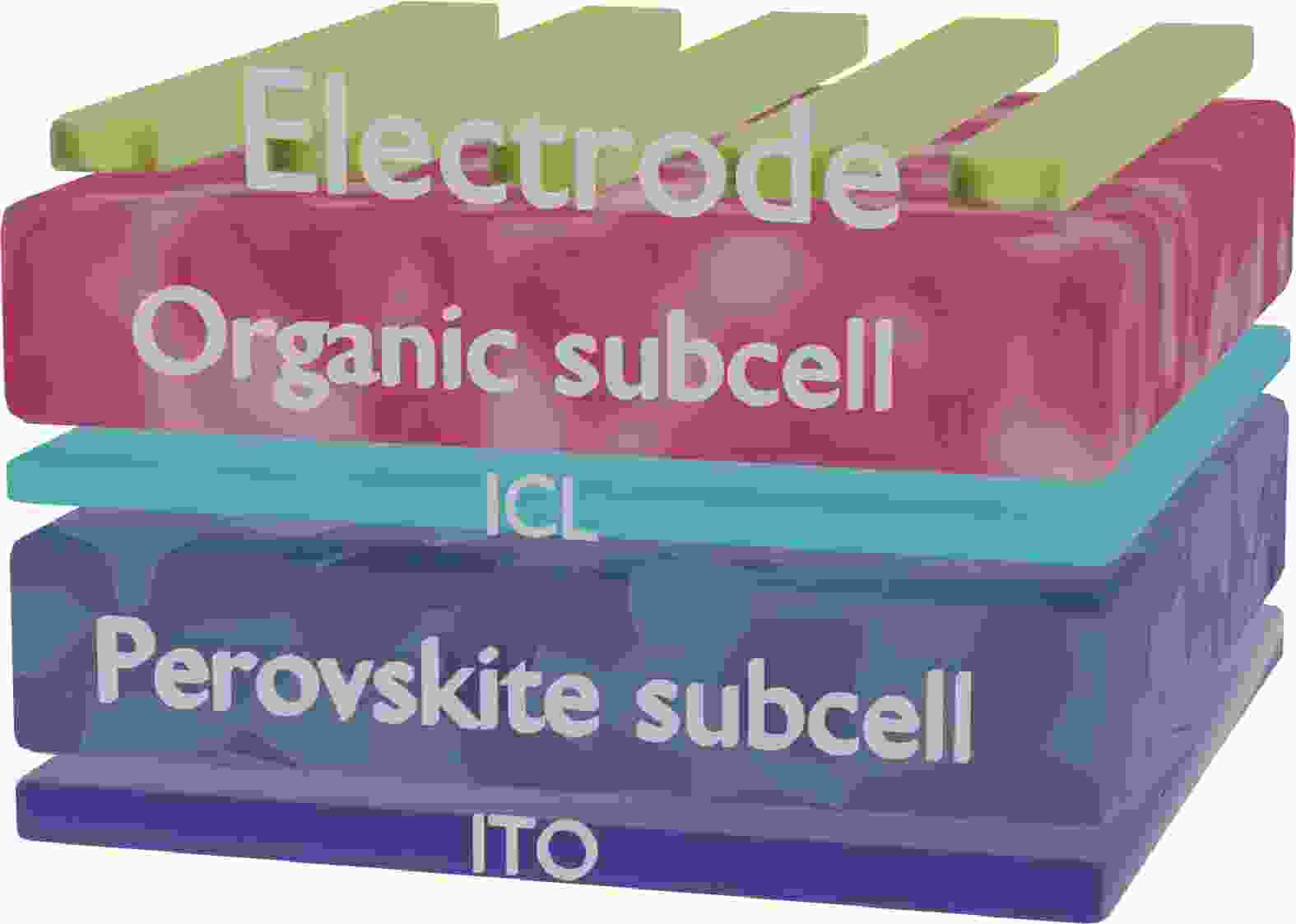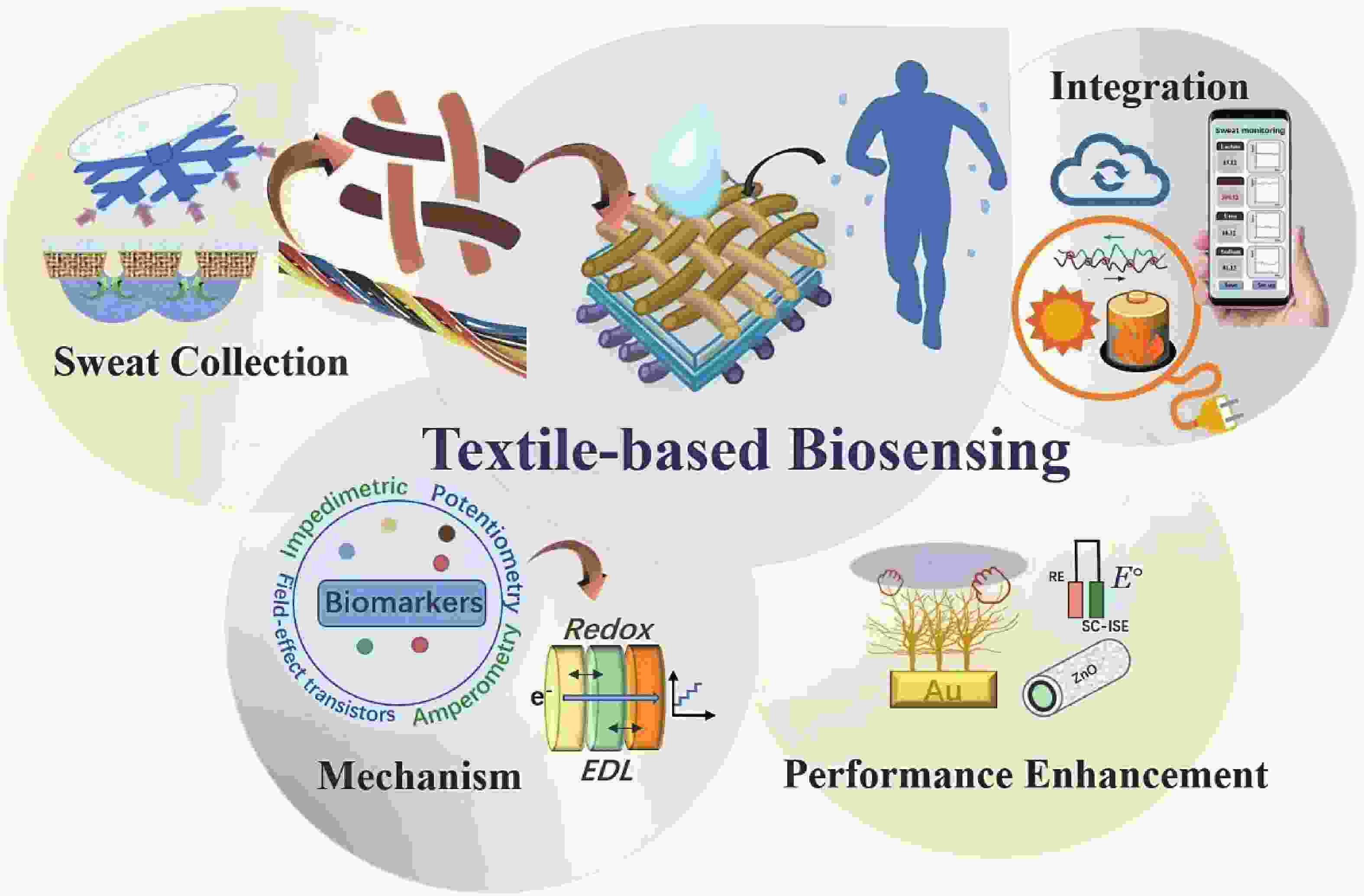
With the rapid technological innovation in materials engineering and device integration, a wide variety of textile-based wearable biosensors have emerged as promising platforms for personalized healthcare, exercise monitoring, and pre-diagnostics. This paper reviews the recent progress in sweat biosensors and sensing systems integrated into textiles for wearable body status monitoring. The mechanisms of biosensors that are commonly adopted for biomarkers analysis are first introduced. The classification, fabrication methods, and applications of textile conductors in different configurations and dimensions are then summarized. Afterward, innovative strategies to achieve efficient sweat collection with textile-based sensing patches are presented, followed by an in-depth discussion on nanoengineering and system integration approaches for the enhancement of sensing performance. Finally, the challenges of textile-based sweat sensing devices associated with the device reusability, washability, stability, and fabrication reproducibility are discussed from the perspective of their practical applications in wearable healthcare.
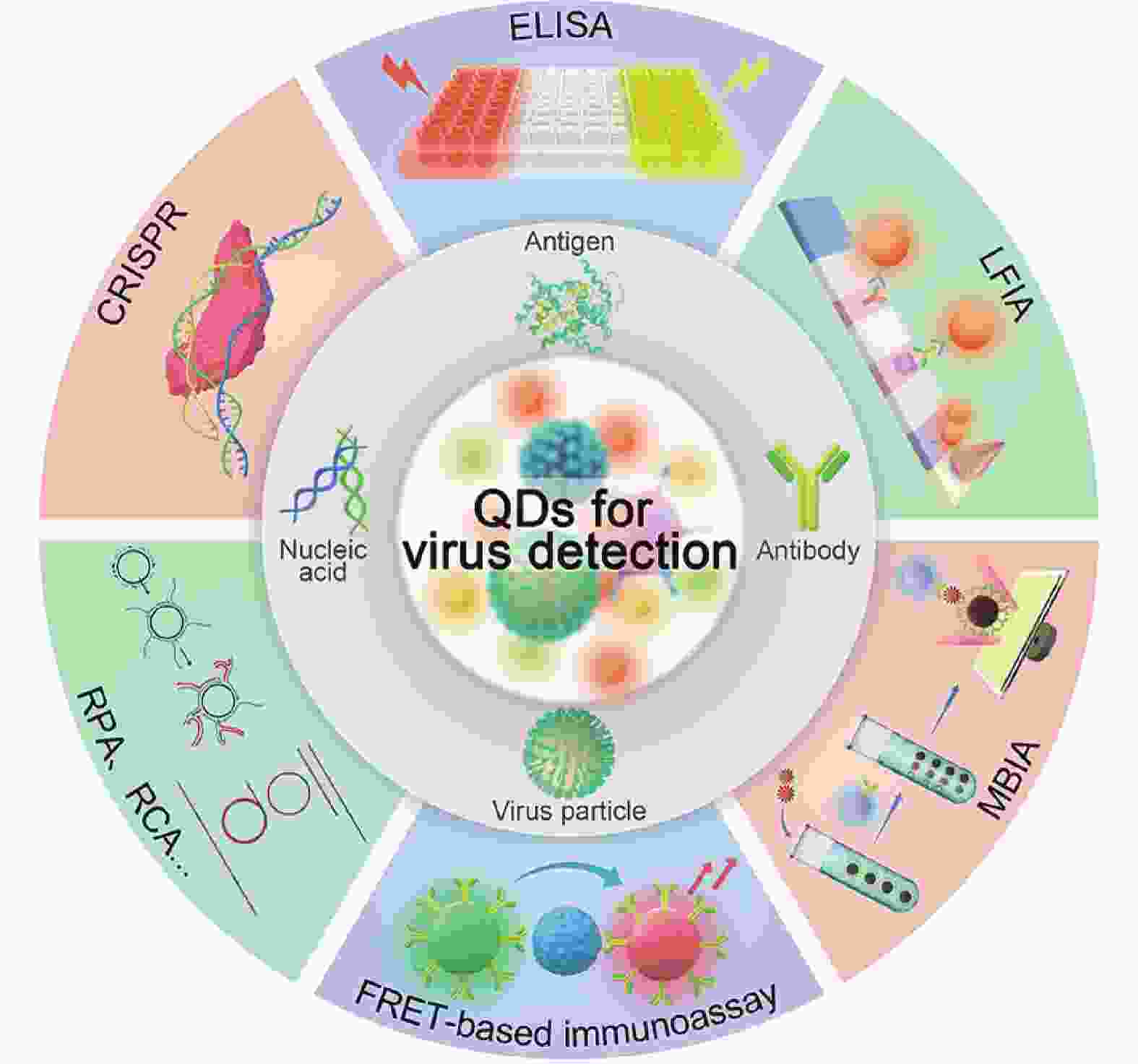
Virus is a kind of microorganism and possesses simple structure and contains one nucleic acid, which must be replicated using the host cell system. It causes large-scale infectious diseases and poses serious threats to the health, social well-being, and economic conditions of millions of people worldwide. Therefore, there is an urgent need to develop novel strategies for accurate diagnosis of virus infection to prevent disease transmission. Quantum dots (QDs) are typical fluorescence nanomaterials with high quantum yield, broad absorbance range, narrow and size-dependent emission, and good stability. QDs-based nanotechnology has been found to be effective method with rapid response, easy operation, high sensitivity, and good specificity, and has been widely applied for the detection of different viruses. However, until now, no systematic and critical review has been published on this important research area. Hence, in this review, we aim to provide a comprehensive coverage of various QDs-based virus detection methods. The fundamental investigations have been reviewed, including information related to the synthesis and biofunctionalization of QDs, QDs-based viral nucleic acid detection strategies, and QDs-based immunoassays. The challenges and perspectives regarding the potential application of QDs for virus detection is also discussed.
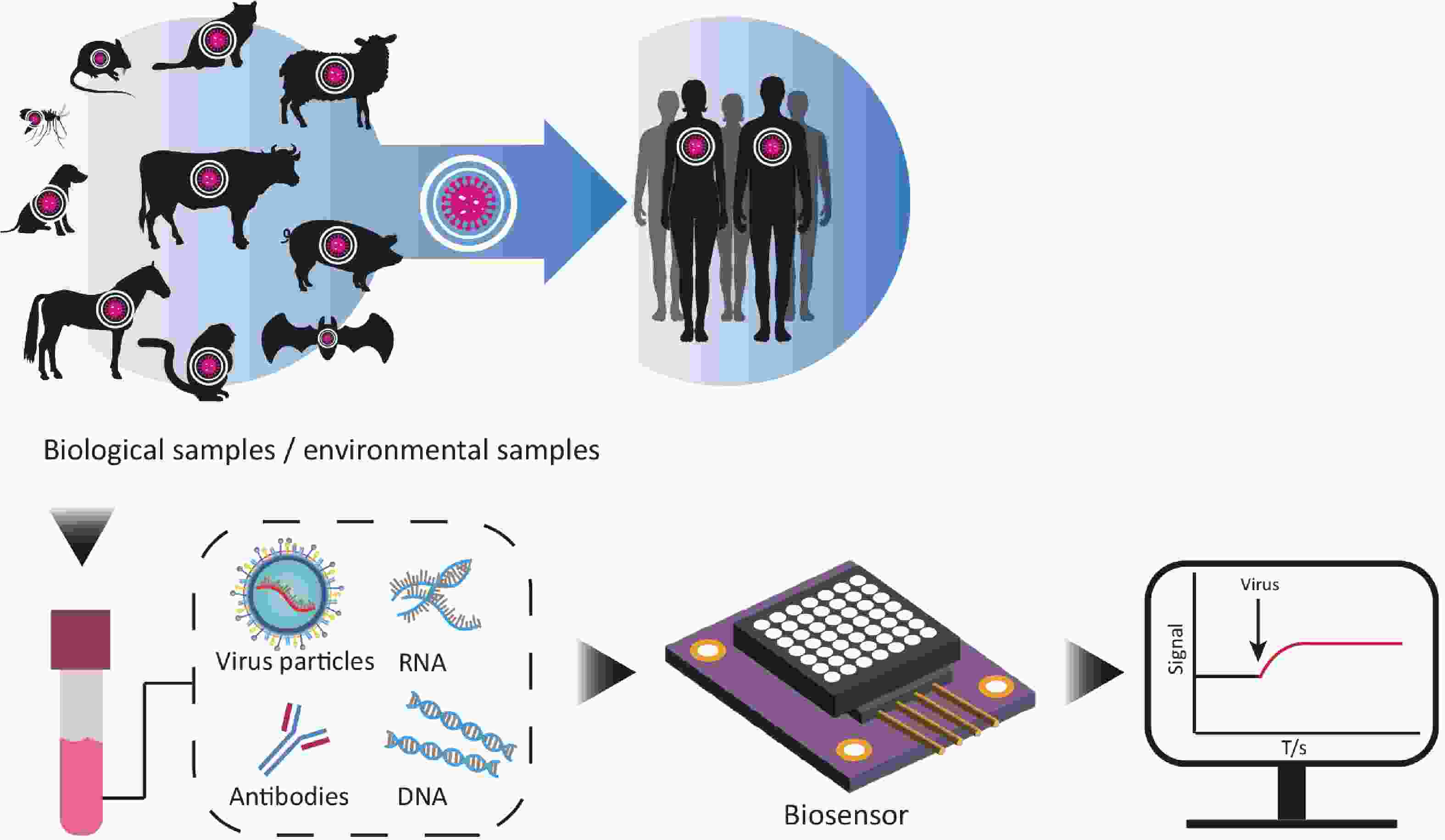
The rapid spread of viral zoonoses can cause severe consequences, including huge economic loss, public health problems or even global crisis of society. Clinical detection technology plays a very important role in the prevention and control of such zoonoses. The rapid and accurate detection of the pathogens of the diseases can directly lead to the early report and early successful control of the diseases. With the advantages of being easy to use, fast, portable, multiplexing and cost-effective, semiconductor biosensors are kinds of detection devices that play an important role in preventing epidemics, and thus have become one of the research hotspots. Here, we summarized the advances of semiconductor biosensors in viral zoonoses detection. By discussing the major principles and applications of each method for different pathogens, this review proposed the directions of designing semiconductor biosensors for clinical application and put forward perspectives in diagnostic of viral zoonoses.
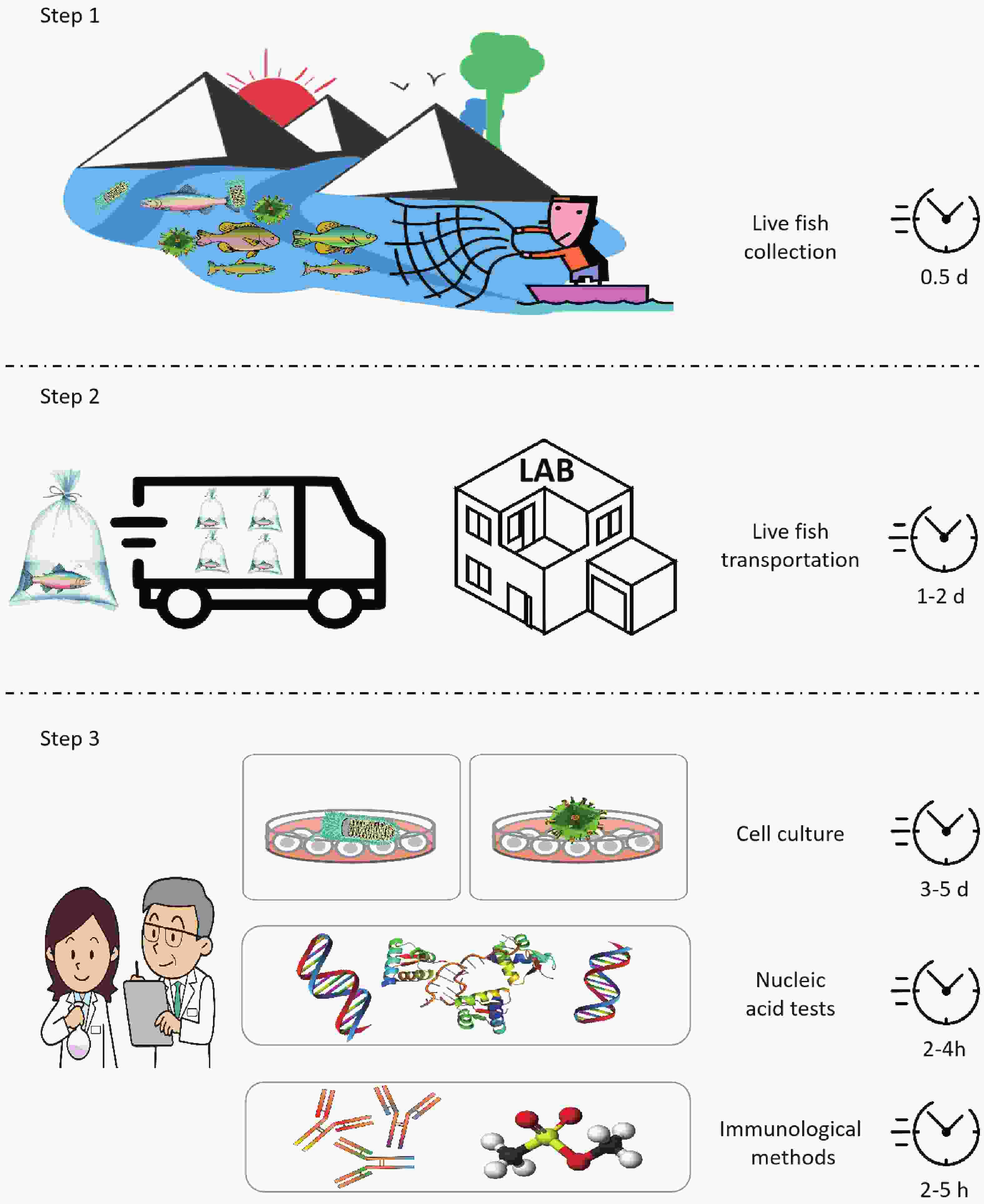
Viral diseases represent one of the major threats for salmonids aquaculture. Early detection and identification of viral pathogens is the main prerequisite prior to undertaking effective prevention and control measures. Rapid, sensitive, efficient and portable detection method is highly essential for fish viral diseases detection. Biosensor strategies are highly prevalent and fulfill the expanding demands of on-site detection with fast response, cost-effectiveness, high sensitivity, and selectivity. With the development of material science, the nucleic acid biosensors fabricated by semiconductor have shown great potential in rapid and early detection or screening for diseases at salmonids fisheries. This paper reviews the current detection development of salmonids viral diseases. The present limitations and challenges of salmonids virus diseases surveillance and early detection are presented. Novel nucleic acid semiconductor biosensors are briefly reviewed. The perspective and potential application of biosensors in the on-site detection of salmonids diseases are discussed.
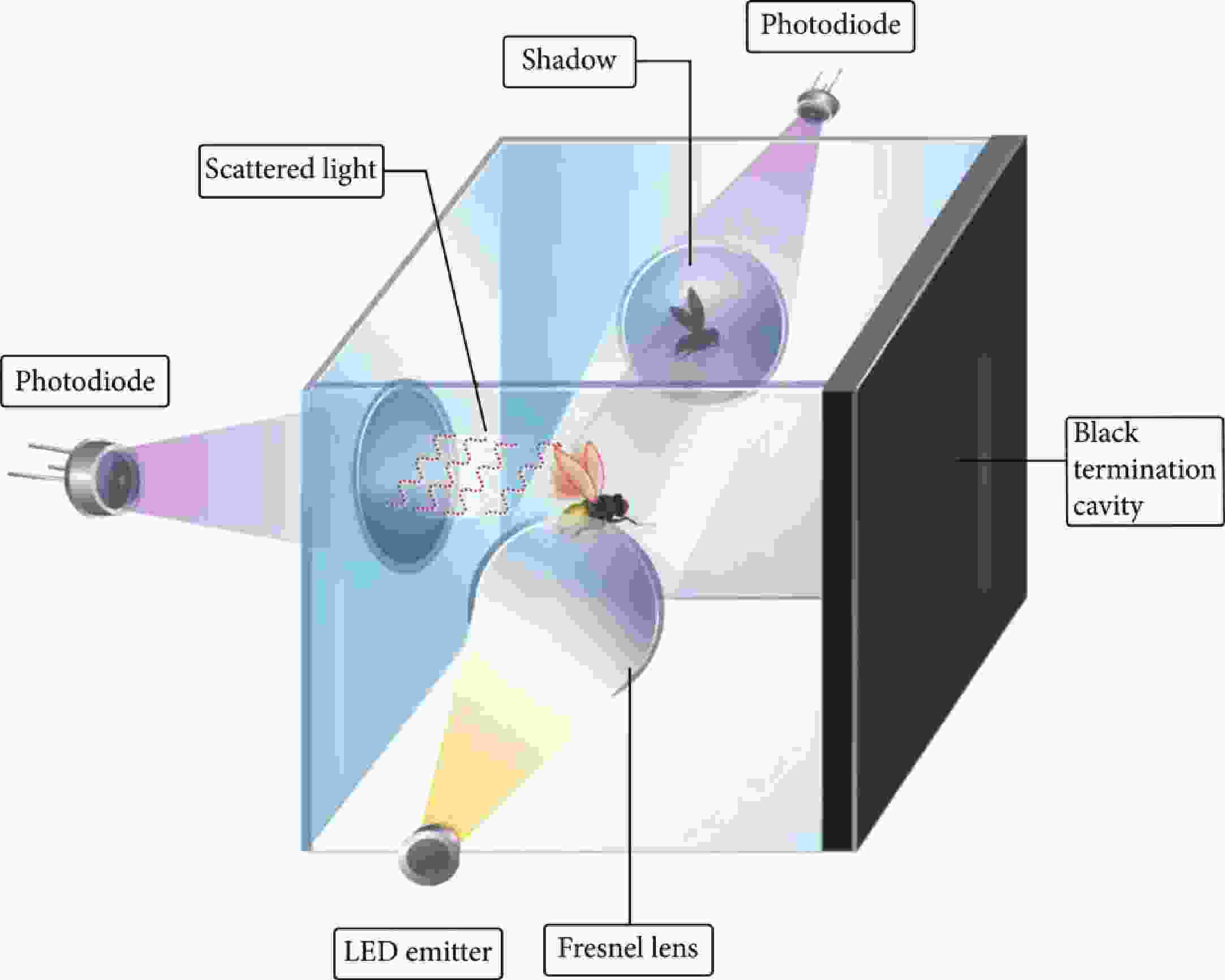
The threat posed to crop production by pests and diseases is one of the key factors that could reduce global food security. Early detection is of critical importance to make accurate predictions, optimize control strategies and prevent crop losses. Recent technological advancements highlight the opportunity to revolutionize monitoring of pests and diseases. Biosensing methodologies offer potential solutions for real-time and automated monitoring, which allow advancements in early and accurate detection and thus support sustainable crop protection. Herein, advanced biosensing technologies for pests and diseases monitoring, including image-based technologies, electronic noses, and wearable sensing methods are presented. Besides, challenges and future perspectives for widespread adoption of these technologies are discussed. Moreover, we believe it is necessary to integrate technologies through interdisciplinary cooperation for further exploration, which may provide unlimited possibilities for innovations and applications of agriculture monitoring.
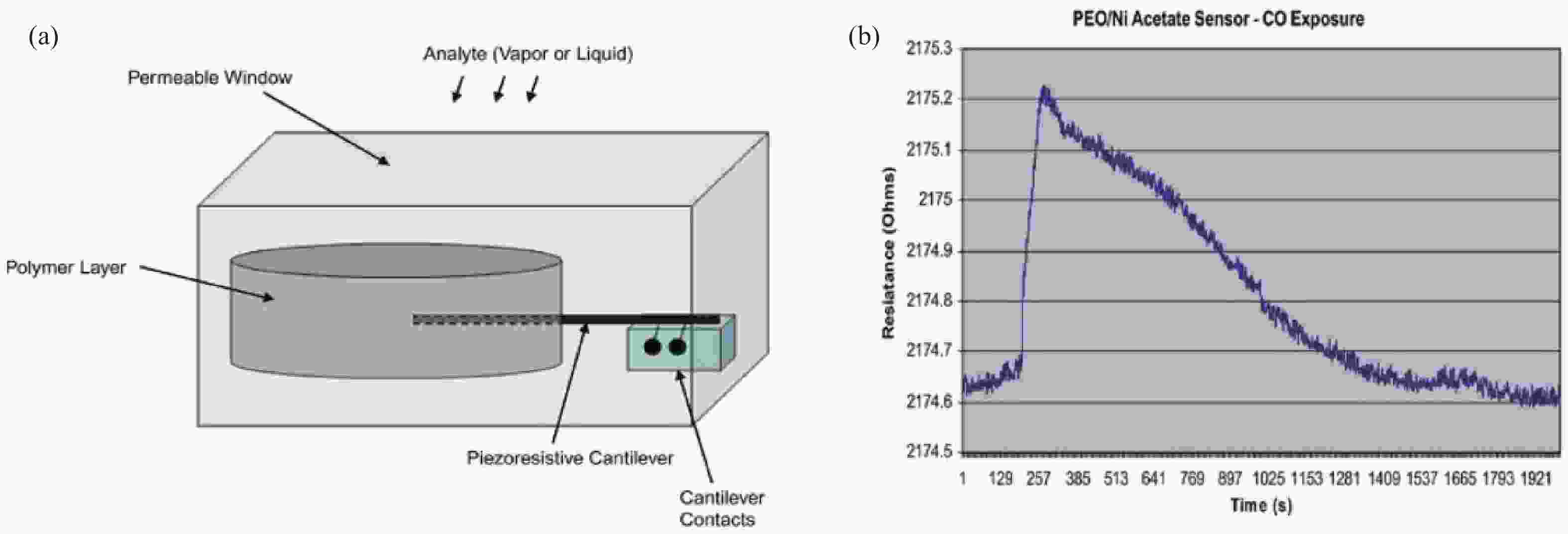
Microcantilever is one of the most popular miniaturized structures in micro-electromechanical systems (MEMS). Sensors based on microcantilever are ideal for biochemical detection, since they have high sensitivity, high throughput, good specification, fast response, thus have attracted extensive attentions. A number of devices that are based on static deflections or shifts of resonant frequency of the cantilevers responding to analyte attachment have been demonstrated. This review comprehensively presents state of art of microcantilever sensors working in gaseous and aqueous environments and highlights the challenges and opportunities of microcantilever biochemical sensors.
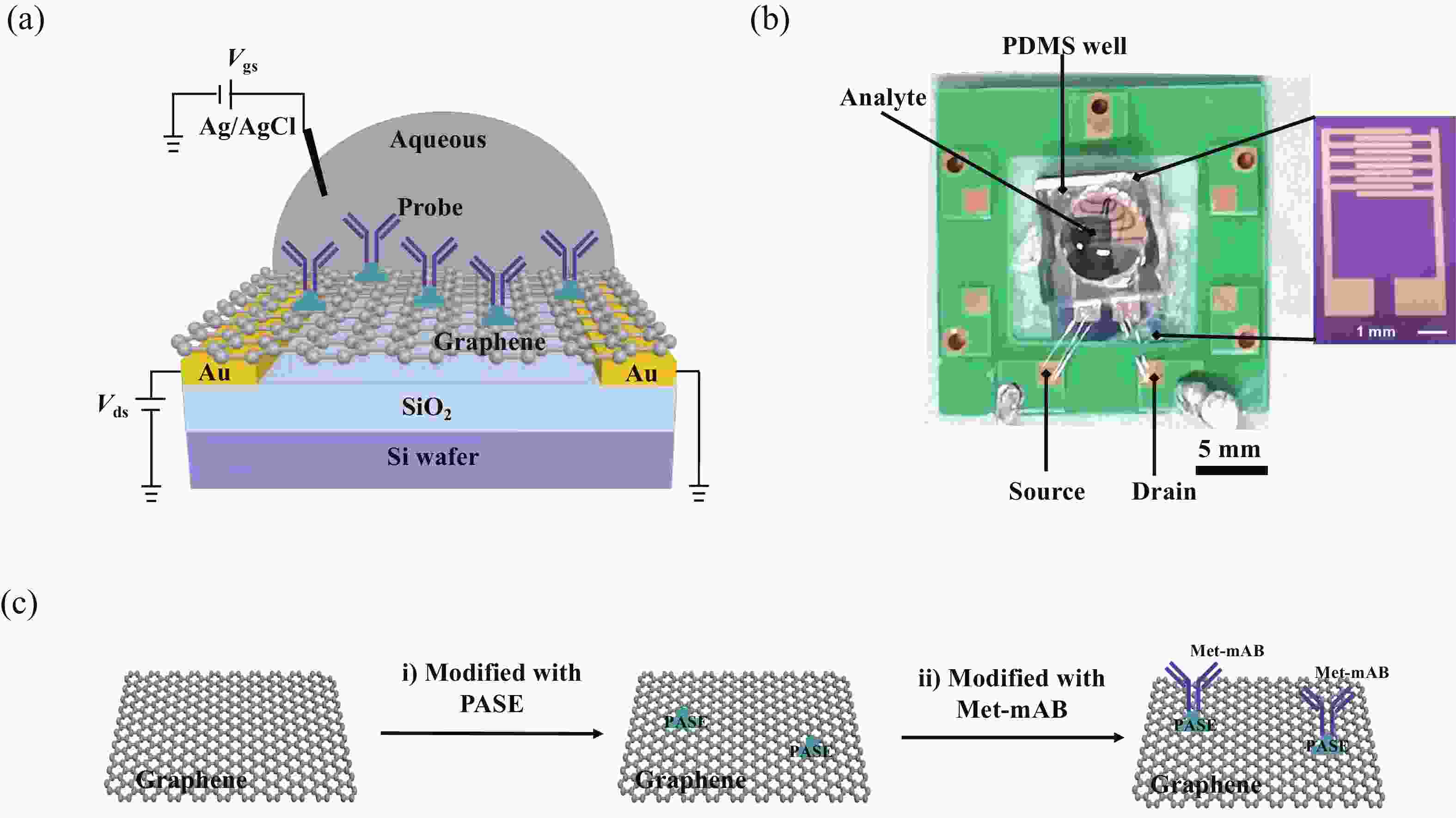
Effective detection of methamphetamine (Met) requires a fast, sensitive, and cheap testing assay. However, commercially available methods require expensive instruments and highly trained operators, which are time-consuming and labor-intensive. Herein, an antibody-modified graphene transistor assay is developed for sensitive and minute-level detection of Met in complex environments. The anti-Met probe captured charged targets within 120 s, leading to a p-doping effect near the graphene channel. The limit of detection reaches 50 aM (5.0 × 10−17 M) Met in solution. The graphene transistor would be a valuable tool for Met detection effective prevention of drug abuse.
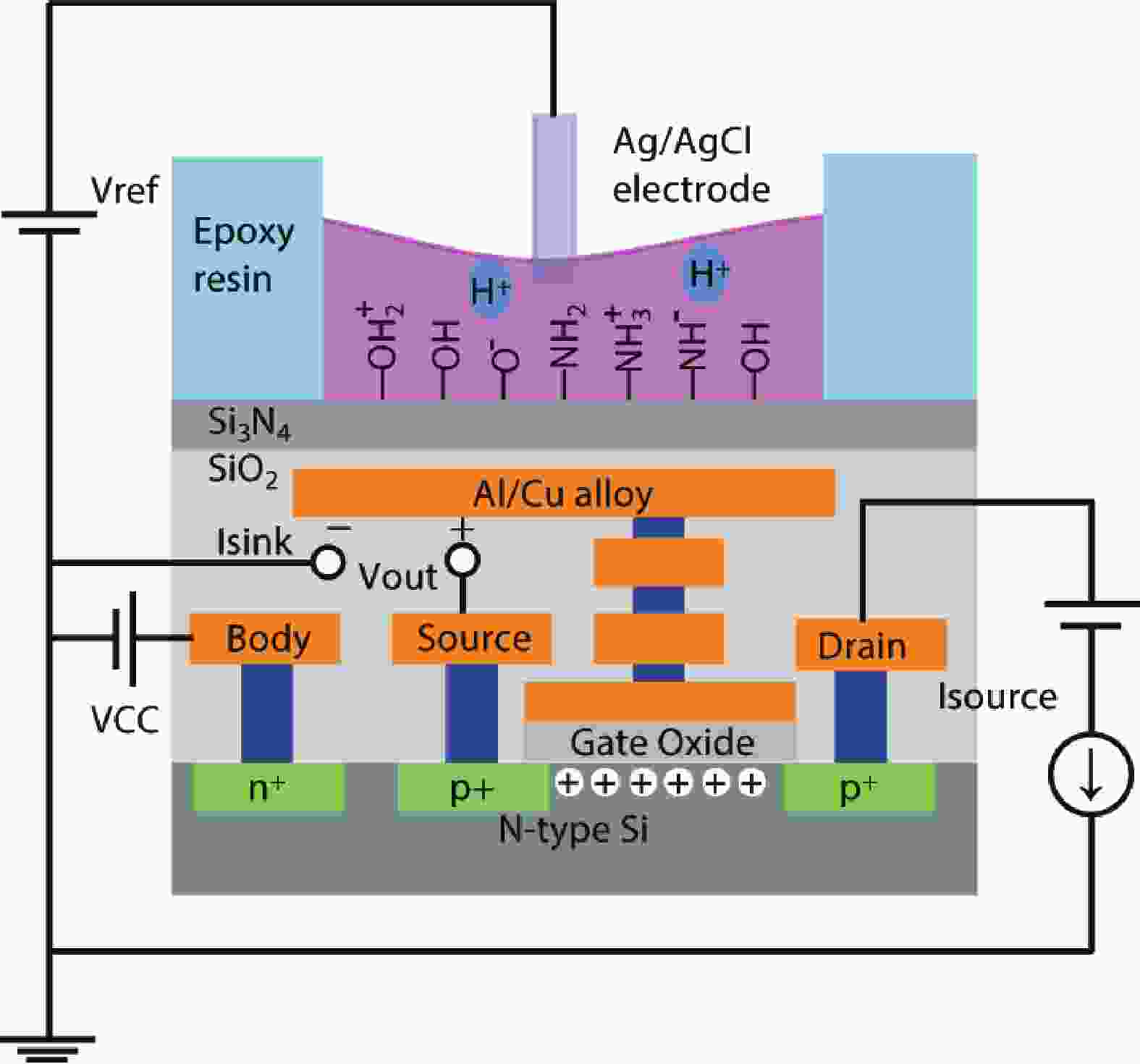
Ion sensitive field effect transistor (ISFET) devices are highly accurate, convenient, fast and low-cost in the detection of ions and biological macromolecules, such as DNA molecules, antibodies, enzymatic substrates and cellular metabolites. For high-throughput cell metabolism detection, we successfully designed a very large-scale biomedical sensing application specific integrated circuit (ASIC) with a 640 × 640 ISFET array. The circuit design is highly integrated by compressing the size of a pixel to 7.4 × 7.4 μm2 and arranging the layout of even and odd columns in an interdigital pattern to maximize the utilization of space. The chip can operate at a speed of 2.083M pixels/s and the dynamic process of the fluid flow on the surface of the array was monitored through ion imaging. The pH sensitivity is 33 ± 4 mV/pH and the drift rate is 0.06 mV/min after 5 h, indicating the stability and robustness of the chip. Moreover, the chip was applied to monitor pH changes in CaSki cells metabolism, with pH shifting from 8.04 to 7.40 on average. This platform has the potential for continuous and parallel monitoring of cell metabolism in single-cell culture arrays.




